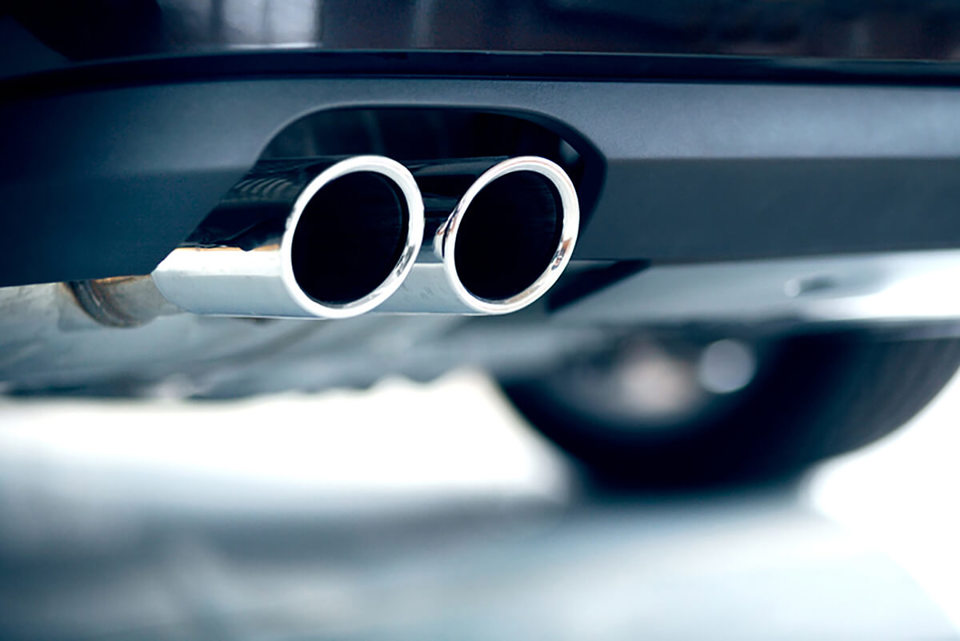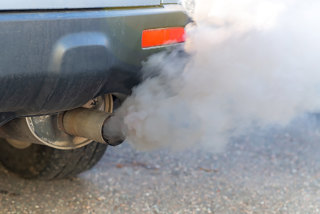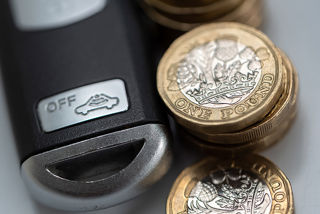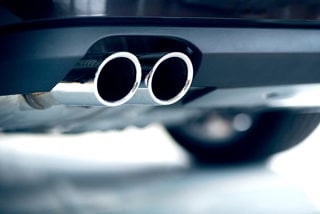Drivers have no easy way of knowing how they might be affected by the future roll-out of clean air zones in the UK because of the lack of an official, number plate look-up system for checking a vehicle’s Euro emissions category, the RAC has warned.
In a bid to improve air quality, dozens of towns and cities that breach legal air pollution limits have been told by the Government they must publish plans for reducing harmful nitrogen dioxide emissions by the end of March 2018.
Depending on how each local authority seeks to reduce emissions, drivers may in the future face either restrictions or charges – based on the Euro emissions category of their vehicle which dictates, under laboratory conditions, maximum permitted tailpipe emissions.
The RAC is therefore calling on the Government, through the DVLA, to urgently develop a website that allows every UK driver to check a vehicle’s Euro emission standard by entering a vehicle registration number – a service already offered to drivers in a number of other European countries.
As the DVLA already holds a detailed log of every registered vehicle in the UK, it is ideally placed to provide an online look-up at GOV.UK as part of its vehicle information database. The RAC believes such a service should be made available well ahead of the anticipated roll-out of clean air zones, so that motorists have enough time to check which category their vehicle falls under and if necessary consider changing it.
However, just as the RAC called on the Government to develop an emissions tool for drivers, HPI has launched a service which could provide a solution. Fernando Garcia, consumer director at HPI, explained: “Our new online check is completely free and allows motorists to check the emissions standard of their vehicle and potentially avoid a fine.”
Click here, to check your vehicle's Euro emission standard.
Despite the fact that drivers will soon want to know the Euro emissions category of their vehicle, new research based on a sample of 2,200 motorists conducted by the RAC found that nearly four in 10 (38%) haven’t heard of the Euro emissions classification system, while nearly two-thirds of those that have (64%) either don’t know what category their own vehicle fits into or are unsure of it.
Half of those surveyed (49%) said they would expect to find out the emissions category of their vehicle on the main GOV.UK website, while more than a quarter (28%) thought they would find it on a vehicle manufacturer’s own website.
Prior to the launch of HPI's emissions checking tool, the only source of detailed vehicle emissions information covering different manufacturers was the Vehicle Certification Agency’s ‘car fuel data’ website. Drivers cannot simply enter a vehicle registration number but instead must provide several different pieces of information, including the specific model variant of a vehicle.
The VCA website then displays the caveat: ‘when looking to find out the Euro Standard for a vehicle already in service, we strongly recommend that you contact the manufacturer’, which could raise doubts in motorists’ minds about the accuracy of the information being presented to them.
Transport for London’s website allows motorists to find out if their vehicle is impacted by the new T-Charge by entering their number plate. Using this website, motorists can easily find out if their car meets the minimum Euro 4 standard, but the website stops short of informing them of the vehicle’s Euro emissions category.
RAC spokesman Rod Dennis said: “As councils across the UK develop plans to tackle harmful emissions on a local level, we expect millions of drivers will want to find out the Euro emissions category of their vehicle – and the natural place to look will be on the official GOV.UK website. We’ve already seen a big increase in traffic to our own website from people trying to find this information and to understand more about what the Euro emissions standard actually means.
"The DVLA already holds detailed records on vehicles registered in the UK – including CO2 emissions and engine size – and makes this freely available online; so why shouldn’t they also make available this one vital piece of information on each vehicle’s Euro emissions category?"
Euro 5 or Euro 6 confusion?
While the Government has said it favours non-charging clean air zones, it is likely that where charges are introduced by local authorities, vehicles meeting Euro 4 petrol and Euro 6 diesel emission standards will be exempt, at least initially.
The RAC is concerned that as a result of manufacturers being allowed to sell some Euro 5 models as recently as August 2016, there is a risk that motorists might wrongly think their car – or one they are considering buying – meets the latest Euro 6 regulations when it does not. This could mean drivers of diesel cars believing they will avoid potential restrictions or charges because their vehicle is Euro 6 compliant, when actually it is still Euro 5 and therefore more likely to be impacted.
Information widely available online states that cars registered from 1 September 2015 are Euro 6 compliant, which suggests cars with a ‘65’ plate or newer. However, Euro 5 cars manufactured before June 2015 could continue to be sold until 1 September 2016 – meaning that some cars that carry ‘65’ or even ‘16’ plates are actually still Euro 5.
Simply looking at a vehicle number plate, or checking the date of a car’s first registration via the V5C form, is therefore not a reliable way of knowing what Euro standard a car’s engine meets – reinforcing the need for a comprehensive online look-up website.
Dennis continued: “We are also concerned that drivers could end up thinking that a car they own, or one they are looking to buy, is Euro 6 compliant when it isn’t. A lot of the current information online advises drivers that any car registered from 1 September 2015 onwards is Euro 6 compliant. Yet a small number of Euro 5 cars continued to be sold for a full 12 months after this date, until 1 September 2016, if a manufacturer applied for an exemption.
“Much greater transparency of Euro emissions information will also help inform drivers as to how polluting their car might be, and assist them when it comes to choosing their next one – as buyers start to select models with particular Euro categories to be more confident of avoiding potential future charges or restrictions. It may even act as a catalyst to encourage drivers to purchase an ultra-low emission vehicle."






















Login to comment
Comments
No comments have been made yet.